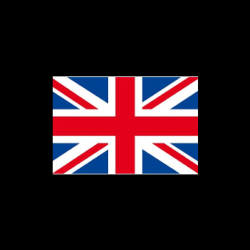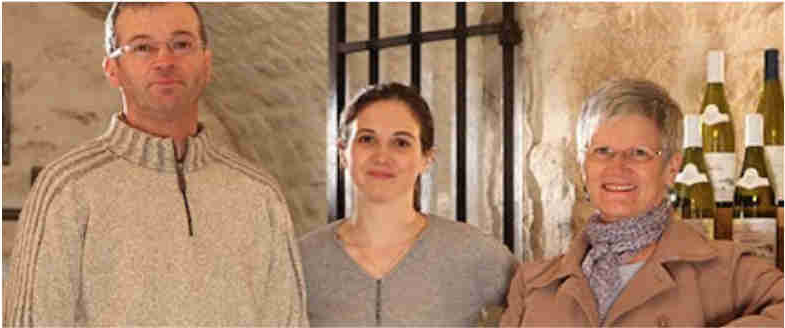|
|
The winemakers Domaine Jean-Noël Gagnard Born into one of the oldest families in Chassagne-Montrachet, Caroline Lestimé grew up with the seasons of the vine and its vintages before continuing her studies in Paris. Having obtained her business diploma, she decided to return to Burgundy and spend a year studying respectively in Beaune and Dijon, viticulture and oenology. In September 1989, on the eve of the harvest, her father, Jean-Noël Gagnard, gave her the keys to the Domaine and since then she has never ceased the ambition to approach the hidden soul of her terroirs. The style of his wines is consistent with his quest for Truth.Finesse, Purity and Structure are the keywords of a tailor-made vinification, of an elegance sewn by hand.About twenty appellations compose this Haute Couture collection labeled Jean-Noël Gagnard. 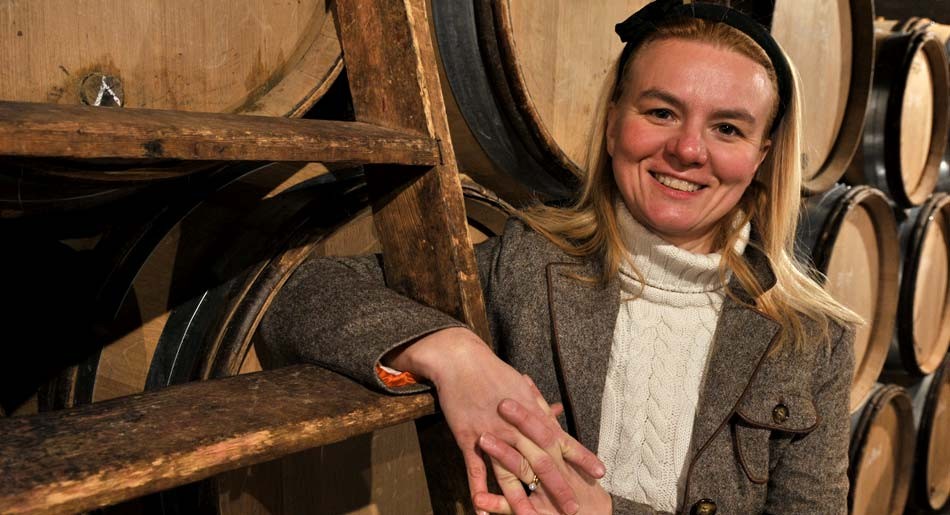 Domaine Rossignol Trapet 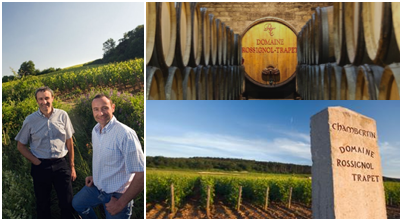 The Rossignol brothers, Nicolas and David, manage a 14-hectare domain in Gevrey-Chambertin. They adopted biodynamic culture in 1997 and obtained the Demeter certification in 2008. The domain offers a large range of Gevrey-Chambertin village wine and Premiers Crus as well as the prestigious Grand Crus of Chambertin, Chapelle-Chambertin and Latricières-Chambertin. Domaine Huber-Verdereau 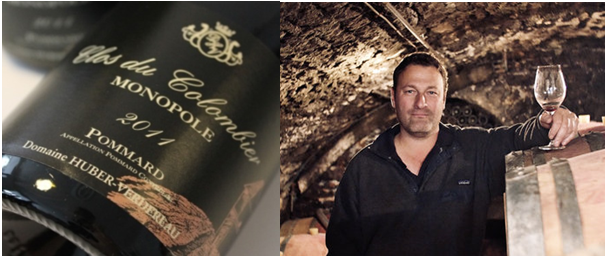 Thiébault Huber decided to settle at the family vineyard in 1990. He began with only 2.9 hectares and has enlarged the vineyard to 6.5 hectares. The Huber-Verdereau domain was finally established in 1994. In 2001 Thiébault moved towards organic agriculture and obtained the Ecocert certification in 2005. Convinced that the richness of Burgundy lies in its terroir, he strives to control the yields and vinifies his wines in the traditional manner. Domaine Rémi Jobard Rémi Jobard produces soft and unctuous Meursault village and Premier Cru wines which age with character. His first vintage was in 1991. The surface of the vineyard is 9 hectares. He moved towards organic agriculture in the ‘90s and obtained organic certification in 2008. Rémi likes the fermentation to begin slowly, followed by 12 months of elevage in barrel and a further 6 months in tank. 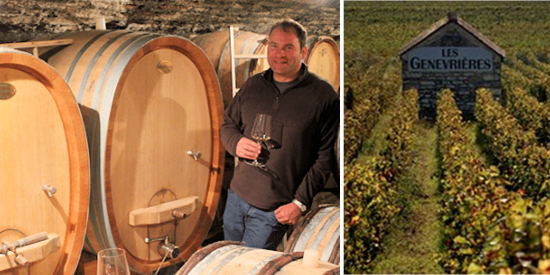 Domaine Albert Morot Geoffroy Choppin de Janvry took over Domain Albert Morot in 2000. After successful trials, Geoffroy is now committed to organic agriculture and his first organically certified vintage was 2015. There are 10 appellations spread over 8 hectares. The Premier Cru of Beaune-Toussaint, protected by All Saints, produces rich wines with an aroma of red fruit and a good complexity on the palate. 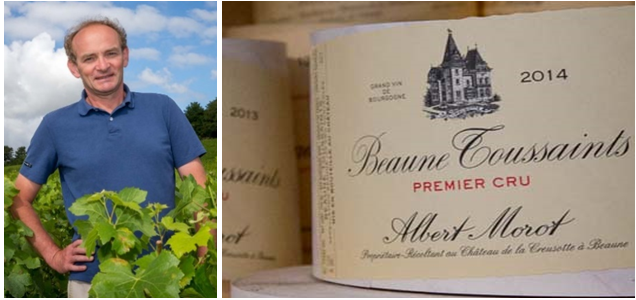 Famille Grossot The Grossot family has an in-depth knowledge of viticulture and a deep respect for tradition. They highlight the authenticity of Chablis wines while preserving biodiversity and respecting the quality of the terroirs. For about twenty years, their vineyard has been cultivated using sustainable methods, which means meticulous soil maintenance through plowing and cover cropping, the use of organic fertilizers, short pruning, and limited use of phytosanitary products. Their wines are synonymous with precision, finesse, and elegance. Vincent Dancer 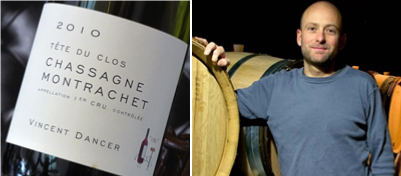 Based in Chassagne-Montrachet since 1996, Vincent Dancer has 5 hectares of vineyards. After 10 years of ploughing, he moved towards organic agriculture in the 2000s. Vincent is a fan of early harvesting and he matures his wine for 12 to 18 months as naturally as possible with just the addition of sulphur. He aims to produce wines as close as possible to their origin and vintage. Ruppert-Leroy The estate covers 4 ha in Essoyes, in the Aube, on the Côte des Bar.The conversion to organic farming and the vinification of the harvests began in 2010, thus the AB certification is obtained in 2013. But the estate decides to go further by applying the principles of biodynamics and the grapes are certified Démeter since 2014. Because of this rigorous approach both in the vineyard and in the cellar, Bénédicte Ruppert and Emmanuel Leroy develop generous champagnes but always animated by a beautiful tension. 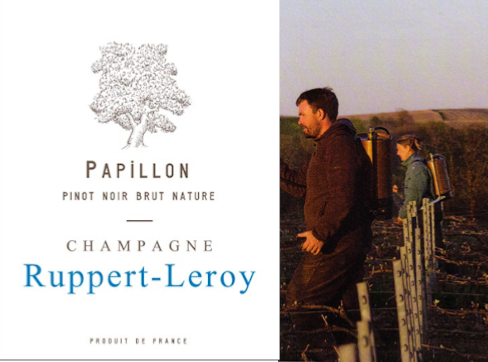 Morey-Coffinet 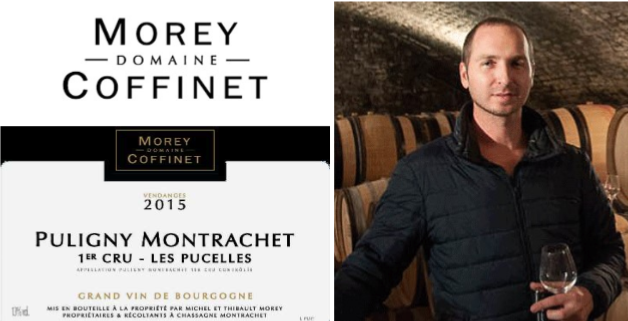 Thibault arrived at the domain in 2000. With a total surface area of 9 hectares, it is divided into 28 plots. Today, all the vines are grown according to biodynamic methods. The domain received Ecocert certification in 2018. The wines are racy and reflect the individuality of each terroir, from the Chassagne village to the Puligny Premier Cru, Pucelles. |



